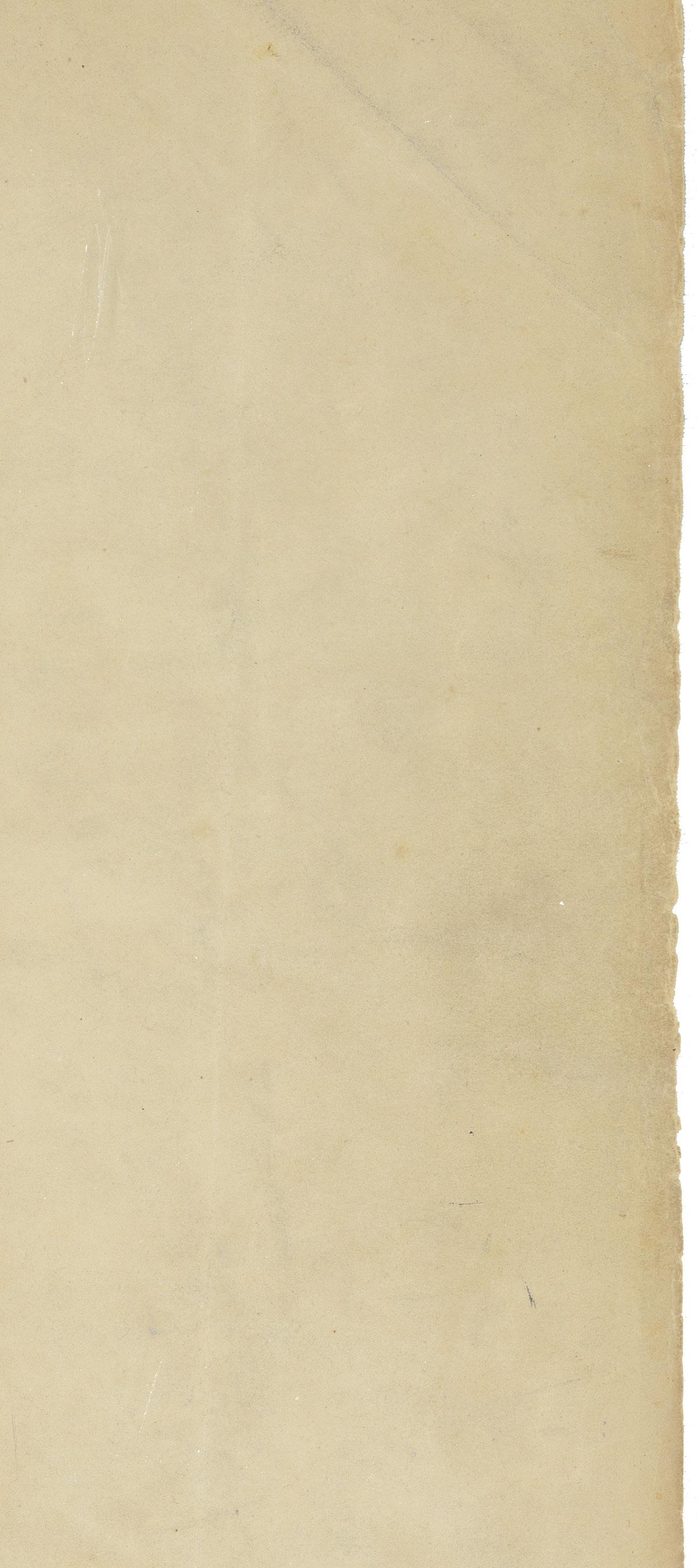
2 minute read
Saving Spyridium from Extinction
Spyridium fontis-woodii is the most critically endangered native Australian plant. Only 12 plants remain in the wild, a single roadside population north of Crawford, the School’s second campus along the Coorong. As part of the Australian Government’s Action Plan for Australia’s Imperilled Plants and in collaboration with the Botanic Gardens of South Australian, Wilderness School students have been part of the Custodians of Crawford Seed Project, which hopes to save this rare plant from extinction. One of the stated aims of this project is to increase self-sustaining wild subpopulations via the translocation of seedlings to other suitable habitats. To achieve this, it is necessary to grow a large ex situ (offsite) population for future translocation efforts.
To meet these aims, students have been collecting flower heads from the 15 plants in the ‘Seed Orchard’ at the Medindie Campus and the plants in our exclusion zones at Crawford. We have also been given seeds from the Botanic Gardens Seed Bank.
Advertisement

The girls have sifted the flower heads through a series of sieves, extracted the seeds, sorted them out by hand, and placed them into packets with 25 seeds per packet. A call went out to students, parents, old scholars and staff to volunteer to try and germinate and grow these plants, with the aim that in June/July 2022, any viable seedlings produced will be planted back into suitable native scrub.
At this point, 150 volunteers have received over 250 packets of seeds. If all the seeds germinate and grow, we will have 5,000 seedlings to plant out. Even if only 10 percent germinate, that will be over 500 seedlings to begin the process of translocation. To say this species is ‘saved’ will require a concerted effort over the next five years. It will only be a success when the translocated plants can self-seed, the seeds germinate and produce viable plants in native scrub, through to the next generation and for generations to come.
Sally Nobbs Science Teacher



ACTION PLAN FOR AUSTRALIA’S IMPERILLED PLANTS
CURRENT MANAGEMENT • There is no recovery plan for this species. • This species is only known from a roadside that is not managed for conservation. • Seed was collected from the population in 2006 and 2013 for storage at the
Millennium Seed Bank and the SA
Seed Conservation Centre (DEW 2020). • The SA Seed Conservation Centre has propagated a number of plants, and 20-30 are now growing in a seed orchard, from which additional seed has been collected (D Duval pers.comm. 2020). A small-scale translocation of >20 plants, including some seedlings, occurred ca. 5 km from the natural subpopulation (D Duval pers.comm. 2020). • A local school has engaged in conservation activities, including plant propagation, establishing a seed orchard, plantings on their property and targeted surveys (Botanic Gardens of South Australia 2016).
CONSERVATION OBJECTIVES • Monitor and maintain known subpopulations. • Increase the number of self-sustaining wild subpopulations via translocation to other suitable habitats on secure tenure and surveys of additional habitat. • Better understand the germination requirements of the species. • Establish a large ex situ population for future translocation efforts.
References: https://www.nespthreatenedspecies.edu.au/ media/wksjzmcs/2-4-action-plan-for-australias-imperilled-plants-2021.pdf, pg 318
https://www.nespthreatenedspecies.edu.au/ media/wksjzmcs/2-4-action-plan-for-australias-imperilled-plants-2021.pdf









